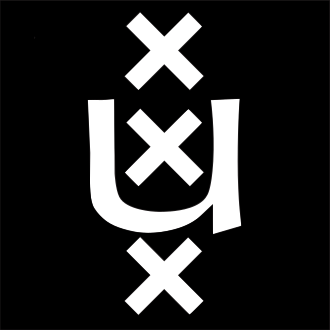Here you can find events organised to further the ATM, such as workshops or open datasprints. We also show other events where the ATM is present.
-
do12mrt202011:00 am - 4:00 pmE-lab Room 0.16 (Turfdraagsterpad 9, 1012XT, Amsterdam)
On Thursday 12t March the Amsterdam Time Machine / Golden Agents will organize a datasprint around the datasets ECARTICO and ONSTAGE. These data sets have been developed at the University of Amsterdam and made available as Linked Open Data as part of the Golden Agents program.
For those unfamiliar with these data sets: ECARTICO contains biographical data about painters, engravers, publishers, goldsmiths, writers and other creative people working in the Low Countries in the sixteenth and seventeenth centuries and about the people in their networks. The dataset now contains data on more than 50,000 persons. ONSTAGE contains the complete performance history in the Amsterdamse Schouwburg from 1638 to 1940 (and soon: until the present).
Both ONSTAGE and ECARTICO provide extensive links to Wikidata (a database connected to Wikipedia), the DBNL (Digital library of Dutch literature), the RKD (Dutch Institute for Art History) and other resources. The idea behind Linked Open Data is that you can connect different data sets over the Web. During this datasprint we will show how this can be done. Afterwards we will investigate in smaller workshops what the added value is for historical research. For this purpose we have four workshops in mind:
Workshop 1: ONSTAGE, ECARTICO and the Panpoeticon Batavûm.
The Panpoeticon Batavûm is a collection of small portraits of Dutch poets (and writers in general). The collection was set up at the beginning of the eighteenth century by the painter Arnoud Halen (1673-1732). As a collection the Panpoeticon is no longer intact, but fortunately researchers at Radboud University have made a beautiful digital reconstruction (www.schrijverskabinet.nl). By connecting this digital Panpoeticon to the datasets mentioned above, we can start asking questions such as ‘To what extent were the authors of popular pieces in the Amsterdam Theatre included in the Panpoeticon?’ and ‘What was the geographical distribution of the poets included in the Panpoeticon?Workshop 2: ECARTICO, Wikidata and Wikipedia.
ECARTICO provides extensive links to Wikidata. In this workshop we want to investigate the added value of these links and whether we can increase the mutual interlinkage of the datasets. Because Wikidata also serves as an international portal to Wikipedia, We can for instance think of using features of Wikipedia entries (e.g. word counts, number of images, number of language editions) as proxy values for analyzing geographical biases and canonization effects or simply as a proxy for the 21st century esteem of persons and objects under consideration.Workshop 3: Geographies and networks of style and subject matter.
Links to the RKD and Wikidata enable us to harvest large amounts of data (including images) on works of art. In theory this provides us with an opportunity to create huge geographies and social networks of style and subject matter. In this workshop we will explore the practical feasibility of such an operation and discuss its theoretical and methodological implications.Workshop 4: Enhanced publications
In this workshop we will explore the potantial of Linked Data to create enhanced publications. As a use case we will take the ‘Groote schouburgh der Nederlantsche konstschilders en schilderessen’ by Arnold Houbraken. This book provides an overview of Netherlandish painters of the sixteenth and seventeenth century. It was originally published in 1718/1721 and is now digitally available at the DBNL. However, the biographies provided by Houbraken are not illustrated and are often erroneous since Houbraken had a greater fondness for anecdote than for accuracy.(Drinks afterwards)
